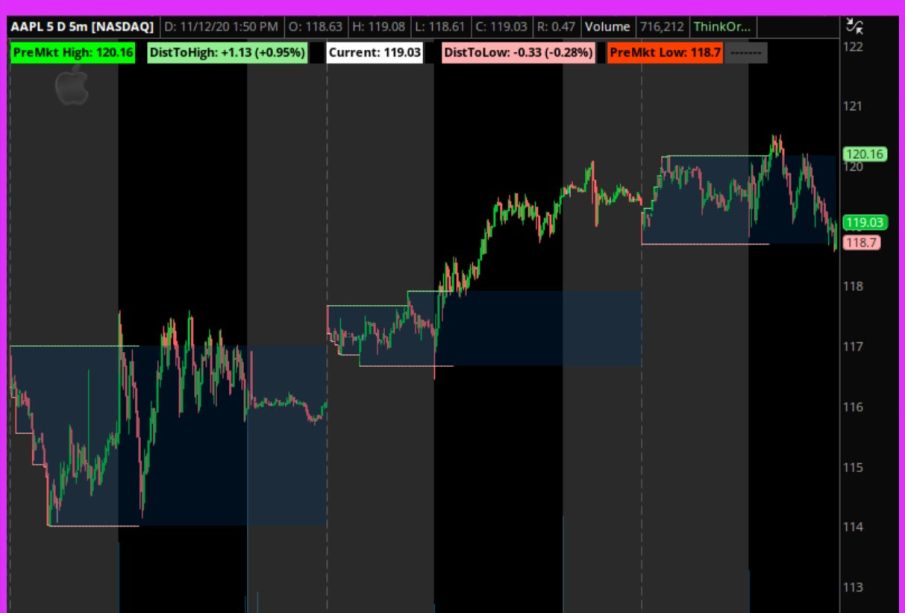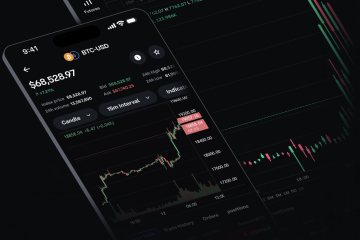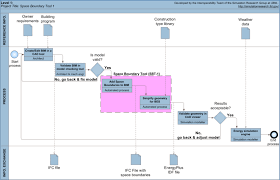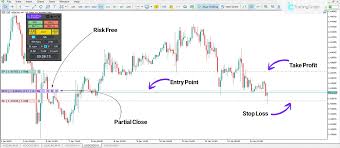Understanding Premarket Trading: Opportunities and Risks

Introduction to Premarket Trading
Premarket trading refers to the phase of stock trading that occurs before the official market opens. It typically runs from 4:00 AM to 9:30 AM EST in the United States. This trading period holds significant relevance for investors and traders, as it allows them to react to news, earnings reports, and economic indicators outside regular market hours.
Importance of Premarket Trading
The ability to readjust positions prior to the market opening gives traders a strategic advantage. They can capitalize on breaking news, such as corporate earnings announcements or geopolitical events, that can affect stock prices. For instance, a company’s positive earnings report released before the market opens can lead to increased demand for its shares, impacting the opening price significantly.
Key Features of Premarket Trading
Unlike regular trading hours, premarket trading features lower liquidity levels, which can result in more significant price swings. Market participants often experience wider bid-ask spreads, making it crucial to exercise caution during these hours. Stocks can react sharply, allowing savvy traders to make quick profits, but this volatility also increases the risk of loss.
Recent Trends in Premarket Trading
According to data from market analysts, premarket trading has gained popularity among retail investors, particularly during times of heightened market volatility. For example, during early 2022, as inflation concerns escalated, premarket activity surged, with many investors looking to secure positions in energy stocks amid rising oil prices.
Conclusion: The Future of Premarket Trading
As technology continues to advance, the accessibility of premarket trading is expected to grow. This could lead to increased overall participation, which may further influence price trends during regular trading hours. Investors must remain vigilant and consider the risks associated with trading in this volatile environment. Overall, understanding premarket trading dynamics can empower traders to make informed decisions and navigate the stock market more effectively.









